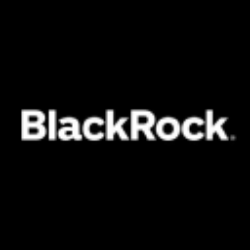
FMP

BlackRock Health Sciences Trust
BME
NYSE
BlackRock Health Sciences Trust is a closed-ended equity mutual fund launched by BlackRock, Inc. The fund is managed by BlackRock Advisors, LLC. It invests in the public equity markets of the United States. The fund seeks to invest in stocks of companies operating in the health sciences and related sectors, which include businesses involved in researching, developing, producing, distributing or delivering medical, dental, optical, pharmaceutical or biotechnology products, supplies, equipment, or services. It also invests through equity derivatives, with an emphasis on option writing. The fund benchmarks the performance of its portfolio against the Russell 3000 Healthcare Index. BlackRock Health Sciences Trust was formed on March 31, 2005 and is domiciled in the United States.
38.54 USD
0.3941 (1.02%)
